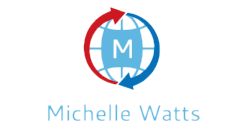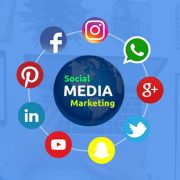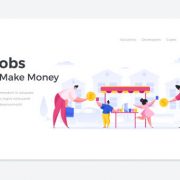As marketers, we place a high priority on generating leads. According to SageFrog Marketing Group’s average, 67% of marketers say it is their priority.
There’s nothing better than forms to convert an anonymous visitor into a lead. Contact, demo request, download… Lead generation strategies include these essential elements. This strategy also provides tactics to increase website traffic, improve conversion rates, and boost sales. Effective lead-generation strategies are crucial to every business’s growth in today’s market.
Form filling is an incredibly delicate moment. The more information that we ask from our visitors, they are less likely to provide it. We need to create forms that are easy to use, relevant, and designed specifically for our visitors to reduce these barriers. Here are our results and ten tips for creating an intelligent B2B form and improving lead generation.
What is a lead generation form
Forms are mainly used in B2B and can be added to your website. They collect data about your prospects. It’s often accessible after clicking a call to action. What is their purpose? The website aims to convert visitors into leads and then qualify those leads.
There are several different types of forms.
Contact form to suggest an exchange and a meeting with our contacts.
Demo Request Form: To offer a demo (as the name implies) of our service or product.
Form for event registration: For a physical or webinar.
Content access form (where, in exchange for information, prospects can access a whitepaper or a webinar recording)
Forms are a great way to collect information about your customers. You can achieve the following by strategically placing forms:
Lead generation is the process of converting unknown visitors into contact information.
Understand our audience better and who visits our website.
Find out what’s wrong and adapt our marketing or communication campaigns.
Inspire Confidence
A visitor visits your landing page. He must still fill out the form between him and an offer (like a lead magnet) or premium content.
He has likely clicked on your call to action or a social network link. He has taken the first steps and shown an interest in the information behind the form.
He is close to providing the information he needs to become a leader and not just another visitor. He asks himself: “Can I trust this company?”
You must show him you can be trusted to encourage him to do more.
How can you do that?
The visitor is likelier to fill out a form if the site always offers valuable and relevant information.
Take care of your landing page. The landing page linked to the form must include the benefits of the promotion and reassuring components (testimonials or an “About Us” section so they are reminded of the purpose of the business).
Offer a Counterparty Worthy of Your Time
We need to know information about the Internet user to initiate a relationship. Our forms are designed to collect and send data.
Why would a visitor complete our form? He will not do it without compensation.
Lead generation forms must be viewed as transactions. The user’s bargain would look like this: “If you want my information, what will you give me?
The offeror’s content must be valuable. Visitors will not be interested in providing their data to access the content they can find in other self-service options.
When we say value, we mean:
Save time
Remove a technical barrier or an operational one
Making information more accessible and bringing together scattered information
Simple explanations for complex concepts
Bring expertise
Avoid Distractions
Is a visitor about to fill out a lead generation form? It’s not too early to celebrate, but it’s still a significant step.
It would be a shame to have them distracted by another request and then back out.
Our landing pages must not include any distracting elements. At Gong, we will remove navigation menus, links, and CTAs from our landing pages.
What is the goal? The user’s “focus” is on only one action: filling out the application.
Position the form on the landing page with the skill
The layout of the landing pages significantly impacts the conversion rate. The landing page must be calm and distraction-free. However, another factor needs to be addressed: the placement of the form.
The location of the lead generation forms is not essential. According to a Quicksprout study, a site’s form conversion rate increased by 24.6% by simply moving it from the left side to the right.
It’s our job to keep an eye on this: If our prospects respond better to a landing page with a form immediately visible, we should choose that format. It’s up to us to adjust if, on the contrary, landing pages that have more information with a lower form get better results. It is best to monitor and test the performance of each page.
Do not ask for a phone number except when necessary
Quicksprout reports that 37% of website visitors will abandon the form when they have to enter their phone number. You have to ask the right questions.
Is the phone number essential at this point in the purchasing process?
Can we generate more leads by making it optional?
We will nurture your lead primarily by email. To foster a relationship, it is not necessary to obtain a telephone number immediately.
It is better to encourage rather than require a phone number if it is essential to continue a relationship. You can, for example, offer a quicker response to increase conversions.




















Comments